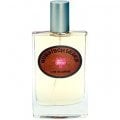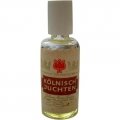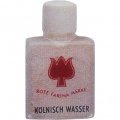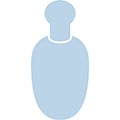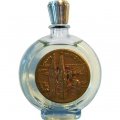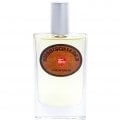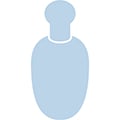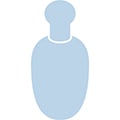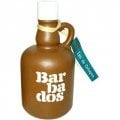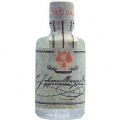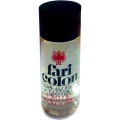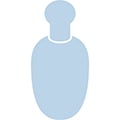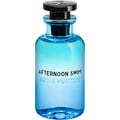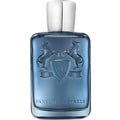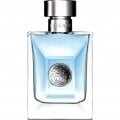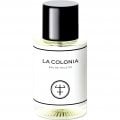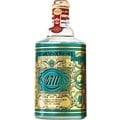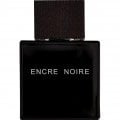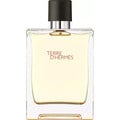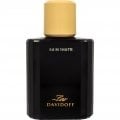05/26/2020

FvSpee
249 Reviews
Translated
Show original

FvSpee
Top Review
26
Colonia instead of Corona, No. 14: Offside
In football, it would be unfair and boring if a player from the attacking team were to line up directly at the opponent's goal and then his team-mates would simply pass the ball over the heads of both teams, so that the ball receiver would not have to do anything except accept the ball and then coo into the goal at the closest possible distance. This seems to me to be a sensible approach, even though I assume that this would not be so terribly easy for the "goal scorer" either. But after all, you want to see how the game builds up slowly and the ball is played forward step by step.
This is why there is the offside rule, which states that a player of the attacking team is forbidden to pass the ball to a team-mate if that team-mate is standing "directly in front of the opposing goal", defined in such a way that there must be at least two men from the defending team between the "accepting man" and the opposing goal (usually the goalkeeper and a field player). If this prohibition is violated, i.e. the ball is played, and at that moment the "target" is directly in front of the opponent's goal, he stands offside and the whistle is blown offside accordingly, which is then less good for the attacking team.
Supposedly, nobody who is not a football fan understands this rule. It used to be said that women did not understand this rule, but anyone who would say something like that today would also be on the sidelines. I'm not a football enthusiast, but I think I understood the rule so well that I could even explain it. Or?
On the other hand, although I'm an olfactory enthusiast, it's completely impossible for me to tell the story of the relationship between "4711" and this Cologne by Farina Gegenüber. Somehow the two argue about whose cologne is the real one, which one was there first, which one is from the real Farina, who this Farina was in the first place (it has nothing to do with Farin Urlaub) etc etc. This is all too confusing for me. Especially since there is also a "Farina" cologne from Roget&Gallet. To include this in the explanation would probably be like the offside rule in three-dimensional chess played in Star Trek.
Nor can I report to what extent the "Farina Gegenüber" (I bought my bottling in the souk) available today is still identical with the versions from 1709, 1809, 1909 and 2009. I think, however, that galbanum, sandalwood and (white) musk were not part of the standard repertoire of perfumers and colognes in 1709, and that incense was more likely to have been used in church at that time.
First of all, I find that "Opposite" from 4711 is about as different as an apple from a jack. So we don't have to think that the difference is like between Czech "Budweiser" and American "Bud", between "Coke" and "Pepsi" or between "Jenaer Glas" from Jena and "Schott Glas" from Mainz. This scent must be described independently.
It begins with a light, fine, very bright, citric (rather lemony) opening, to which perhaps a little orange, but only a little bergamot and rather no neroli seems to have been added. However, this citrusy note is - untypical for a cologne - not very dominant. From the first second on, a floral (also light) and, for my understanding, strongly synthetic heart note is present, whereby by "synthetic" I mean both classic aldehydes and these modern shower gel boosters. I don't like this so much, especially since it seems unexpectedly feminine, sweetish and chemically veiled to me. From minute 2 on, the base, which is surprisingly woody for a cologne, starts to show through. Here you perceive the typical pencil note of cedar, not overwhelmingly strong, but still stronger than incense. Beyond the pencil it is rather a fat mossy soaked and therefore fluffy generic light general wood.
All in all, this is Farina's anti-4711. 4711 is uncompromisingly old-fashioned, but Farina seems to me to be rather strained modern. I perceive it as a very bright, dry wood-musk-aldehyde-if-not-ambroxane flowering plant with a lemon facade glued in front of it. That was perhaps very hard now, but I had to give vent to my disappointment (I had expected something fulminantly classical here).
The projection is very weak, but the durability - at least up close - is suspiciously long (over four hours).
Although of course all comments here are great, for further reading I especially recommend the one by Nase1 (who feels the scent similar to me) and the one by the always highly appreciated Ttfortwo (as counter-program to my comment): She is enthusiastic and gives 10 points, but nevertheless we are despriptive in many ways not so far away. Whether her sample from the 90s smells the same as my current one, I don't know, of course.
I still give 7 points, but I'm whistling offside.
This is why there is the offside rule, which states that a player of the attacking team is forbidden to pass the ball to a team-mate if that team-mate is standing "directly in front of the opposing goal", defined in such a way that there must be at least two men from the defending team between the "accepting man" and the opposing goal (usually the goalkeeper and a field player). If this prohibition is violated, i.e. the ball is played, and at that moment the "target" is directly in front of the opponent's goal, he stands offside and the whistle is blown offside accordingly, which is then less good for the attacking team.
Supposedly, nobody who is not a football fan understands this rule. It used to be said that women did not understand this rule, but anyone who would say something like that today would also be on the sidelines. I'm not a football enthusiast, but I think I understood the rule so well that I could even explain it. Or?
On the other hand, although I'm an olfactory enthusiast, it's completely impossible for me to tell the story of the relationship between "4711" and this Cologne by Farina Gegenüber. Somehow the two argue about whose cologne is the real one, which one was there first, which one is from the real Farina, who this Farina was in the first place (it has nothing to do with Farin Urlaub) etc etc. This is all too confusing for me. Especially since there is also a "Farina" cologne from Roget&Gallet. To include this in the explanation would probably be like the offside rule in three-dimensional chess played in Star Trek.
Nor can I report to what extent the "Farina Gegenüber" (I bought my bottling in the souk) available today is still identical with the versions from 1709, 1809, 1909 and 2009. I think, however, that galbanum, sandalwood and (white) musk were not part of the standard repertoire of perfumers and colognes in 1709, and that incense was more likely to have been used in church at that time.
First of all, I find that "Opposite" from 4711 is about as different as an apple from a jack. So we don't have to think that the difference is like between Czech "Budweiser" and American "Bud", between "Coke" and "Pepsi" or between "Jenaer Glas" from Jena and "Schott Glas" from Mainz. This scent must be described independently.
It begins with a light, fine, very bright, citric (rather lemony) opening, to which perhaps a little orange, but only a little bergamot and rather no neroli seems to have been added. However, this citrusy note is - untypical for a cologne - not very dominant. From the first second on, a floral (also light) and, for my understanding, strongly synthetic heart note is present, whereby by "synthetic" I mean both classic aldehydes and these modern shower gel boosters. I don't like this so much, especially since it seems unexpectedly feminine, sweetish and chemically veiled to me. From minute 2 on, the base, which is surprisingly woody for a cologne, starts to show through. Here you perceive the typical pencil note of cedar, not overwhelmingly strong, but still stronger than incense. Beyond the pencil it is rather a fat mossy soaked and therefore fluffy generic light general wood.
All in all, this is Farina's anti-4711. 4711 is uncompromisingly old-fashioned, but Farina seems to me to be rather strained modern. I perceive it as a very bright, dry wood-musk-aldehyde-if-not-ambroxane flowering plant with a lemon facade glued in front of it. That was perhaps very hard now, but I had to give vent to my disappointment (I had expected something fulminantly classical here).
The projection is very weak, but the durability - at least up close - is suspiciously long (over four hours).
Although of course all comments here are great, for further reading I especially recommend the one by Nase1 (who feels the scent similar to me) and the one by the always highly appreciated Ttfortwo (as counter-program to my comment): She is enthusiastic and gives 10 points, but nevertheless we are despriptive in many ways not so far away. Whether her sample from the 90s smells the same as my current one, I don't know, of course.
I still give 7 points, but I'm whistling offside.
24 Comments




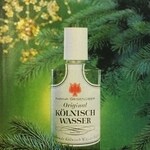
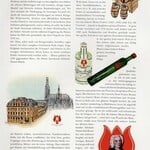
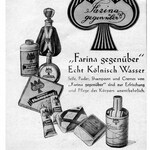
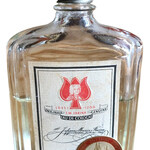
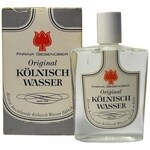
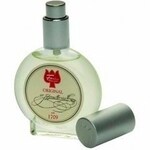
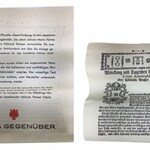
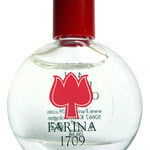

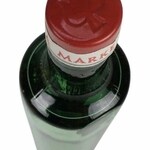
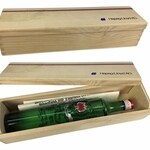
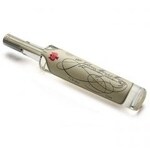
 Top Notes
Top Notes 



 Heart Notes
Heart Notes 


 Base Notes
Base Notes 











 Marabunta
Marabunta KingPin
KingPin